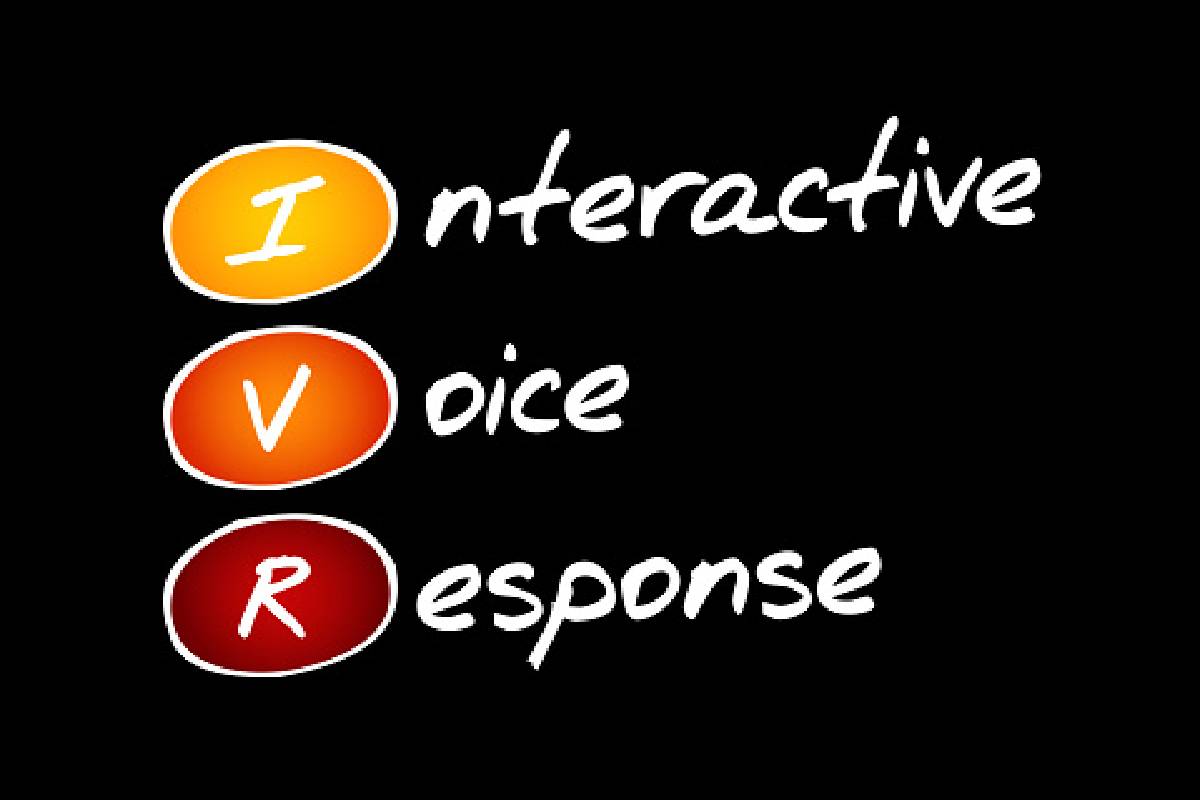The volume of calls that a company receives in certain businesses can be very high. Establishing an adequate call forwarding strategy is vital to optimizing processes. This has to do with one person or, much more efficiently, through an Interactive Voice Response or IVR system.
Table of Contents
What is IVR or Interactive Voice Response
IVR is a telephony technology that allows those who usually contact a company to interact with the company’s systems and navigate through voice menus until they reach the appropriate destination to resolve their incident or request.
Although it is a voice that has accompanie telephony since, practically, its beginnings, the jump to IP telephony increases its possibilities.
In the analog world, you could go through a series of recordings until you reach a destination. Currently, these IVR systems can integrate with much more complex processes. And deal with elements such as completing complete purchases, customer identification, order consultation in company systems, etc.
Virtually any service within a company, if it does not require human intervention, can manage by phone through this technology.
How do you interact with an IVR system?
In practice, we have all interact with this type of IVR system. They tell us to press a key on our phone to choose a department or to accept or cancel a decision.
This is possible thanks to the tone dialing system, also called a multi-frequency system or DTMF (Dual-Tone Multi-Frequency). In this way, the system, depending on the keypress’s tone, acts accordingly with the select option.
Other technologies that are implementing together with IVR are TTS (Text to Speech). Which allows transforming text to audio heard by the operator or ASR (Voice Recognition).
Which allows the possibilities of these systems to expands. It allows that not only do they have to stick to a finite number of responses but they “understand” what the user is asking of them?
What is an IVR system used for?
IVR systems apply in companies with high volumes of incoming calls. They allow reducing costs since there are queries that can solve by means of a series of locations, in addition to the possibility of offering 24/7 attention for certain services.
The most basic use is usually to establish an initial, unified and homogeneous interface for all customers. Who call the company, where the needs of the calling user identify or, even, information can obtain from these people.
How can an IVR system be implemented?
At least in the case of Zadarma, it is one of the functions that can implement in your virtual PBX through the API that it offers for those responsible for computer development in companies.
Last April, also, new options add to the API through Webhook notifications. These allow you to modify on the fly the different scenarios of incoming calls, creating IVR at various levels and that adapt, with specific voice greetings, to each situation.
In the same way, it could automatically ask for different data, identify and authorize a caller using DTMF.

